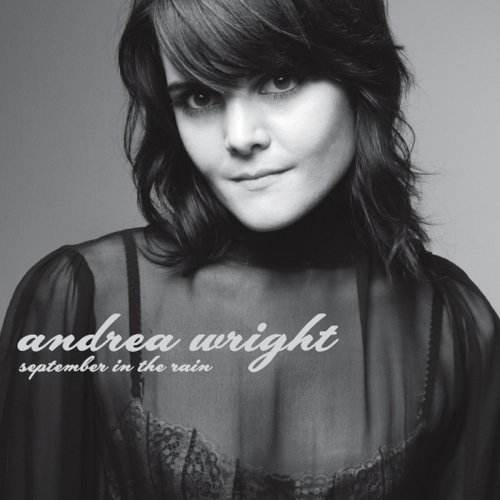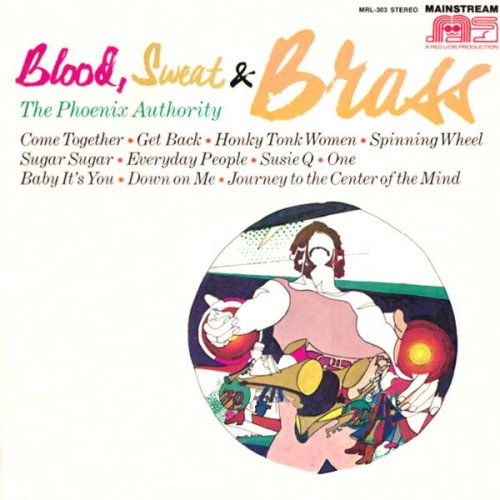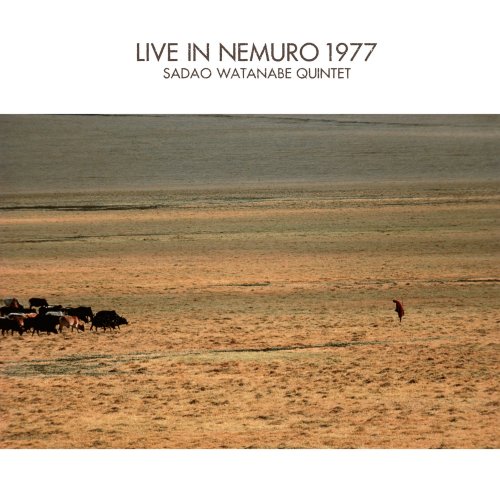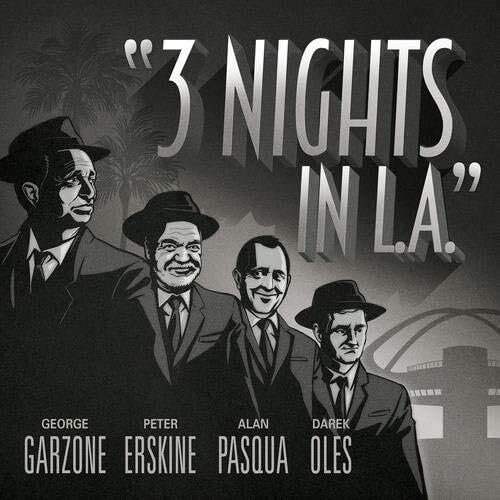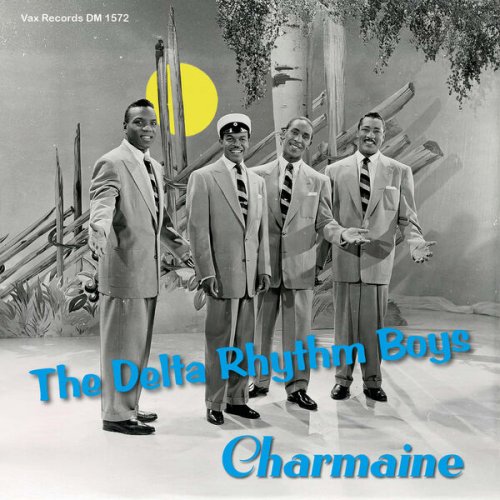Jessie Marino, Emma Richards, Winnie Huang, Marco Fusi, Giancarlo Schiaffini - aboutCAGE Vol. 10: String Quartet in Four Parts, Five3 (2025)
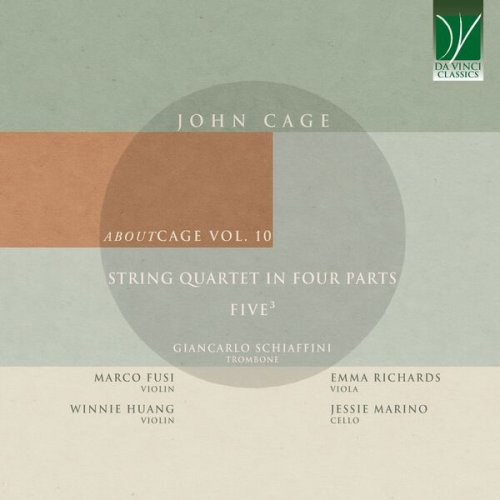
Artist: Jessie Marino, Emma Richards, Winnie Huang, Marco Fusi, Giancarlo Schiaffini
Title: aboutCAGE Vol. 10: String Quartet in Four Parts, Five3
Year Of Release: 2025
Label: Da Vinci Classics
Genre: Classical
Quality: flac lossless (tracks)
Total Time: 01:00:47
Total Size: 126 mb
WebSite: Album Preview
TracklistTitle: aboutCAGE Vol. 10: String Quartet in Four Parts, Five3
Year Of Release: 2025
Label: Da Vinci Classics
Genre: Classical
Quality: flac lossless (tracks)
Total Time: 01:00:47
Total Size: 126 mb
WebSite: Album Preview
01. String Quartet in Four Parts: I. Quietly Flowing Along – Summer
02. String Quartet in Four Parts: II. Slowly Rocking – Autumn
03. String Quartet in Four Parts: III. Nearly Stationary – Winter
04. String Quartet in Four Parts: IV. Quodlibet – Spring
05. Five3
Few musical ensembles are more “classical” than the string quartet – if any. It can safely be said that the string quartet – both as an ensemble and as concerns its repertoire – is the true embodiment of classical music. Starting with the works written for it by Franz Joseph Haydn, “the father” of the quartet, and continuing especially with Beethoven – whose late quartets are among the most transcendent pieces he wrote – and then with the Romantic and modern composers, there is virtually no great musician who has not probed this ensemble and written some of his or her finest works for it.
It may sound surprising, therefore, that such an iconoclast as was John Cage would be interested in such a “conventional” ensemble as is the string quartet. Cage was seemingly more interested in novel combinations of sound; in shocking his audiences, in exploring new ways of making music.
And whilst undeniably his output for string quartet is just the tip of the iceberg in comparison with his overall oeuvre, it is also undeniable that he took very seriously – or, as seriously as possible – the challenge offered by this ensemble.
And this is particularly impressive if one considers how closely does quartet music relate with both harmony and polyphony. With polyphony, Cage was more at his ease; harmony he cordially disliked, to the point that he had openly contested Arnold Schönberg – who taught him in his youth – about the importance of harmony. Later in his life Cage would reconcile himself with both Schönberg and harmony, but that took him a very long time.
The two works recorded here, therefore, are paradoxically among the most daring explorations by Cage. They are not revolutionary for the instruments involved; instead, their originality lies precisely in how they transform a usual presence on the concert stage into something radically different. With these pieces, Cage renovates the string quartet from within; he transfigures a “given”, a fact of music history, he questions it, and, in so doing, he demonstrates how all can sound new, unexpected, refreshing, if written, played and heard with the right mindset.
In fact, among the pieces recorded here, one does involve sonorities well beyond his time. The juxtaposition of trombone and of string quartet is by no means common. Yet, it is a brilliant intuition. All five instruments are capable of playing glissandos, i.e. to slide gradually but steadily from a note to another, in a continuum of frequencies. The trombone has been associated, for many long centuries, to the idea of sacredness, of solemnity. Of course, with time it has also become one of the symbols for jazz bands, thus moving to a completely different sphere; but, at the same time, it keeps an aura of mystery. And, to complement this, string quartets playing in sacred spaces are powerful reminders of the vocation of a certain time and place.
Five3 belongs in an abundant series of pieces written (or more precisely composed) by John Cage, and globally known as “Number pieces”. The idea underlying their enigmatic titles is that the number written in letters indicates the number of players involved, whilst the superscript stands for the piece’s position among those written by Cage for the same number of musicians. These titles are, therefore, “descriptive” in their own fashion, but also extremely abstract and far from any kind of emotionality.
Within these pieces, the score appears very different from those we are used to. Instead of the orderly disposition of musical staves on the page, prompting the performers to play from left to right and from top to down, many of Cage’s Number pieces are constituted by short vignettes, whose duration and whose possible starting point (allowed within a “zero moment” and the latest moment when it is licit to play) are indicated by Cage with numerical references to the time passed from the piece’s beginning. It is, deliberately, a compositional choice. Cage relinquishes a good part of his “authorial authority” and offers it to the performers. By their choices, the musicians will determine the actual aural shape of the piece.
Five3 was written in the early Nineties (1991) and was to be premiered in Middelburg, in the Netherlands, on June 28th of the following year. It is dedicated to the first performers, i.e. trombonist James Fulkerson and the Mondriaan Quartet.
As frequently happens with Cage’s works, the composer himself prescribes how to read and to perform his music:
“The microtonal playing on the trombone and string quartet is notated so that there are six steps between each semitone. Any changes of dynamics (pp and thereabouts for all instruments) should be, like changes in the bowing of the violin or breathing in the case of the trombone, as imperceptible as possible. Very short sounds whether from the strings or trombone can be of any amplitude including sfz.”
The score itself simply specifies short fragments, such as one or more notes. The result is an almost hypnotizing piece. In consideration of the work’s length (approximately forty minutes), the performers must be perfectly aligned with each other, in terms of intonation, of rhythm, of musical intention. And this – it should be pointed out – is both a cause and an effect of the noteworthy freedom they experience.
Furthermore, the very appearance of the “score” on the page is a bearer of musical meaning and of philosophical implications, as two scholars from IRCAM (i.e. Benny Sluchin and Mikhail Malt) have demonstrated. As they write, “[Cage’s] works are ‘so free’ that one can play any part of the material; even a void set is welcomed. The freedom is maximal and still there are decisions to consider in order to make the piece playable. […] We deal here with the Number Pieces Cage composed in the last years of his life. Over time, we realized that the shape used to represent time brackets, brought important information for the interpretation and musical analysis”. They therefore decided to propose “a general geometric study of these time brackets representations, while trying to make the link with their musical properties to improve the performance”.
Forty years earlier, Cage had written his String quartet in four parts. Its composition took place in the immediate aftermath of World War II, at a time which was particularly difficult for the composer also on the personal plane. It stands as a lasting testimony to the intuitions of its composer. The four parts composing it are all dedicated, at least spiritually, to one of the four original players, but, even more crucially, to the four seasons. These are seen through the lens of Eastern philosophy, to which Cage was consecrating himself at that time. In the early Forties, “Cage, in quest for a sense for life and art, began reading works about Junghian psychoanalyses, about mysticism, and about Indian aesthetics and philosophy”, as writes another musicologist, Valeria Mitsikopoulos.
Along with the piece explicitly called The Seasons (1947), also in the String Quartet there are open allusions to the stages of life.
The first movement, with the indication “Quietly Flowing Along”, is dedicated to summer, and in particular to summer in… New York. Then Autumn comes, “slowly rocking” as the composer prescribed. Winter is “Nearly Stationary”, whilst the fourth movement is a “Quodlibet” to celebrate the arrival of spring. Quodlibet were largely improvised by musicians who had a thorough polyphonic education.
But these four movements are also even more clearly associated with the Eastern concepts of seasons and their implicit value. The piece’s rhythmic structure is very regular and unvarying, and this therefore leads to a cyclical concept of time. The total number of bars is 484, resulting from the interaction of these elements. The replication of basic rhythmic models – as had been noted – brings about a safety net for the orderly development of music. As has been noted, “it is a work of great simplicity, reminiscent of Erik Satie and in a way a further step toward Cage’s abandonment of self-expression. As in his Sonatas and Interludes, it deals with the nine permanent emotions of Indian philosophy (see Sonatas and Interludes), as well as the Indian notion of the seasons, i.e. creation, preservation, destruction, and quiescence”.
Another distinctive trait of Cage’s coeval output is the use of “gamuts of sounds”, one of the many great “inventions” of this musician. And he was clearly conscious of the novelty he was bringing he fretted: “It is music undefined by personal likes or dislikes. It is as if one is running after a rolling ball”. There is a dimension of passiveness inherent in Cage’s music – flanked, of course, by his ability to let this appear as an active aspect of his work. It is a risky but also a fascinating quest for balance, which would come to full ripeness in the very last pieces written by this great musician. At the same time, this String Quartet is also one of the very pieces in which Cage affirms his youthful belonging to the world of dynamics. It is largely predetermined but by no means constrictive. The musicians have to obey the instructions, but how do they do this is an interesting question.
Cage’s music thus has the role of preserving the playful, lighthearted dimension of music making, but also – more importantly – the idea that childhood represents a condition, a state of mind to which the adult can return at all times, in order to rediscover the fascination of a game of pure fantasy and creativity.
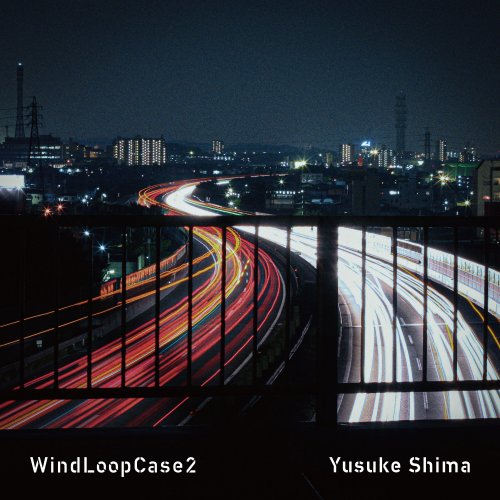
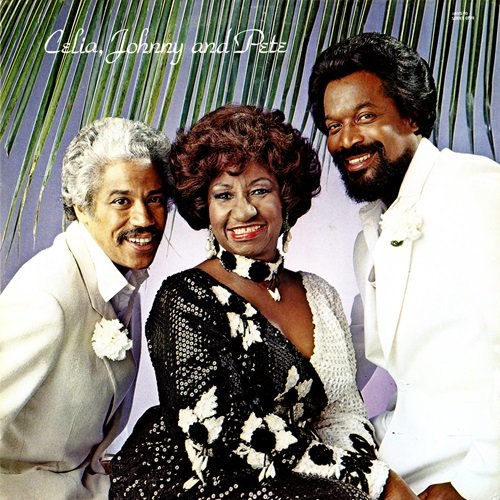
![Tom Cohen - Embraceable Brazil (2025) [Hi-Res] Tom Cohen - Embraceable Brazil (2025) [Hi-Res]](https://img.israbox.com/img/2025-12/18/vgt0kbsml69jbixcu67jkruae.jpg)
